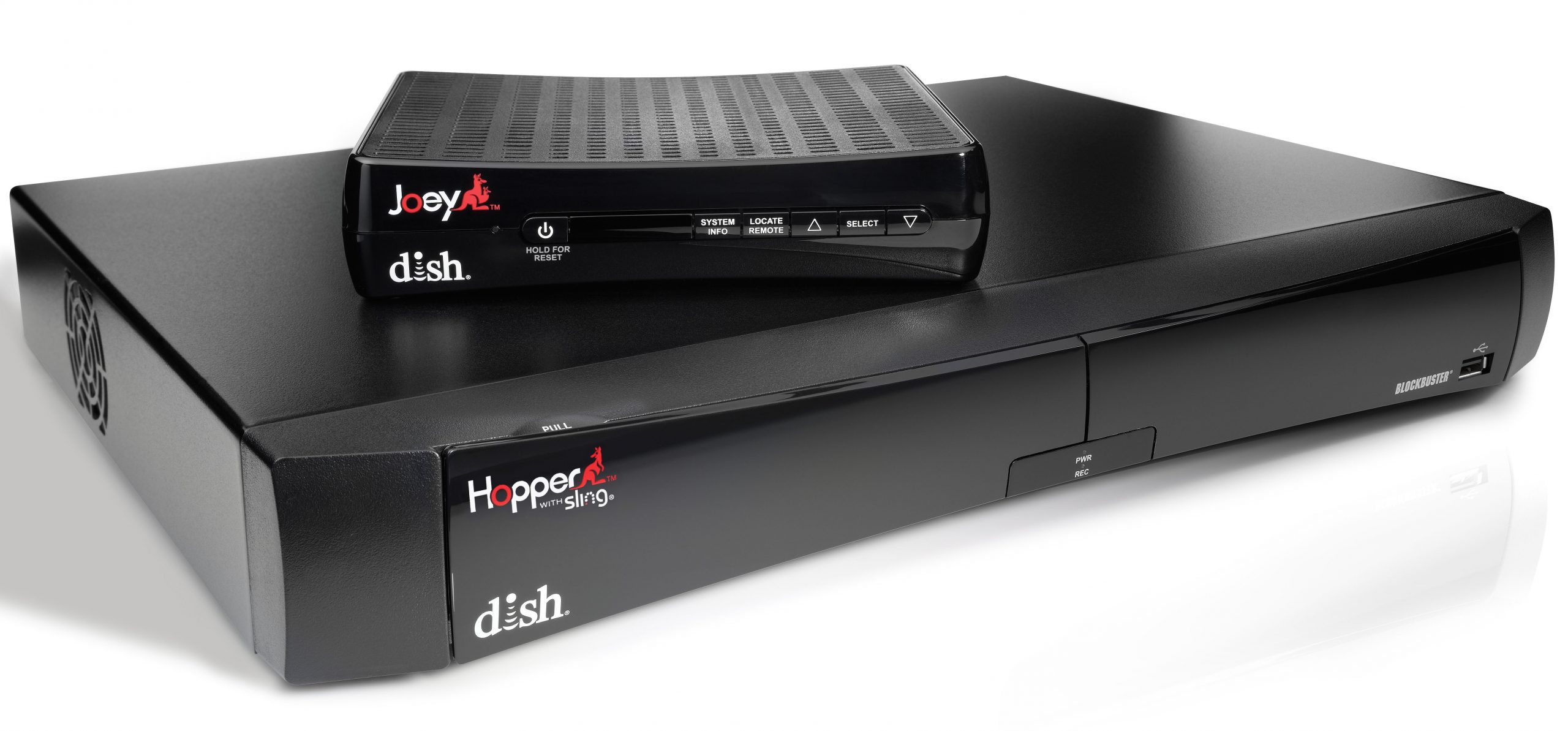
Did CNET do right by DISH?
We don't often write about other news sites, but the drama unfolding at CNET today is simply too hard to ignore. Your opinion means something, and I ask for it. Or, keeping with Betteridge's law of headlines, you can answer "yes" or "no".
During last week's Consumer Electronics Show, CNET editors voted DISH Hopper with Sling best of show. But parent company CBS stepped in and nixed the choice, citing on-going litigation. Editors disqualified the device, but not indicating that it had actually won. Today, The Verge editor-in-chief Joshua Topolsky broke the story, and long-time CNET reporter Greg Sandoval resigned in protest. Since, CNET reviews editor-in-chief Lindsey Turrentine posted "CNET's story".
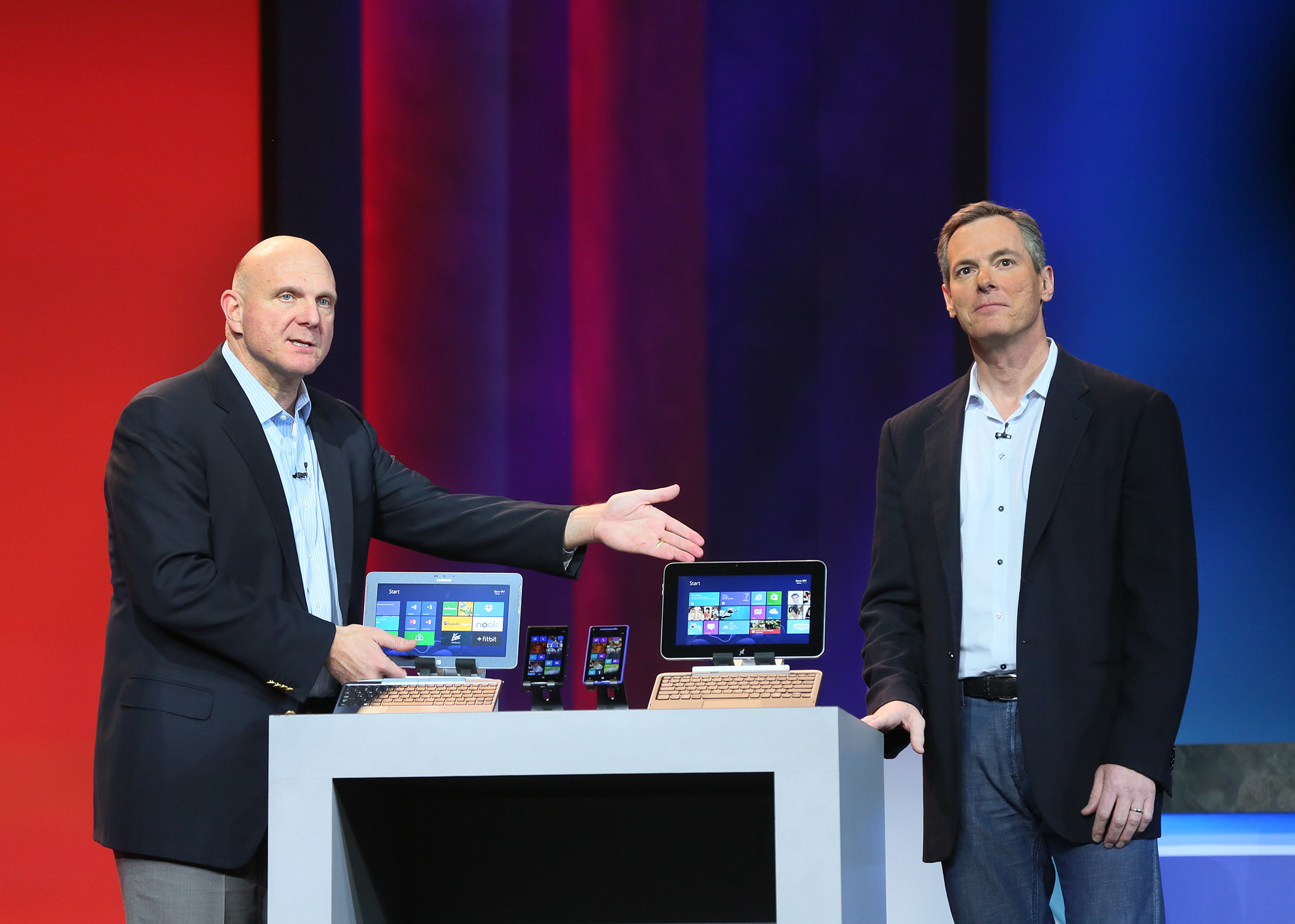
Microsoft's stealth presence at CES
Microsoft pulled out of the Consumer Electronics Show in Las Vegas for 2013 and beyond. Maybe. Maybe not so much. The company was not entirely absent and some of the presence was not even stealthy. It started with CEO Steve Ballmer's surprise appearance on stage during the pre-show keynote address -- an event that Microsoft once owned, but this year belonged to Qualcomm.
In the middle of the presentation Ballmer walked on stage and proceeded to, not only endorse the Snapdragon chips, but to also show off some Windows Phone 8 devices and Windows 8 tablets. It may have seemed like a passing of the torch from the old guard to the new, but the Redmond, Wash.-based company did not stop there. Oh no.
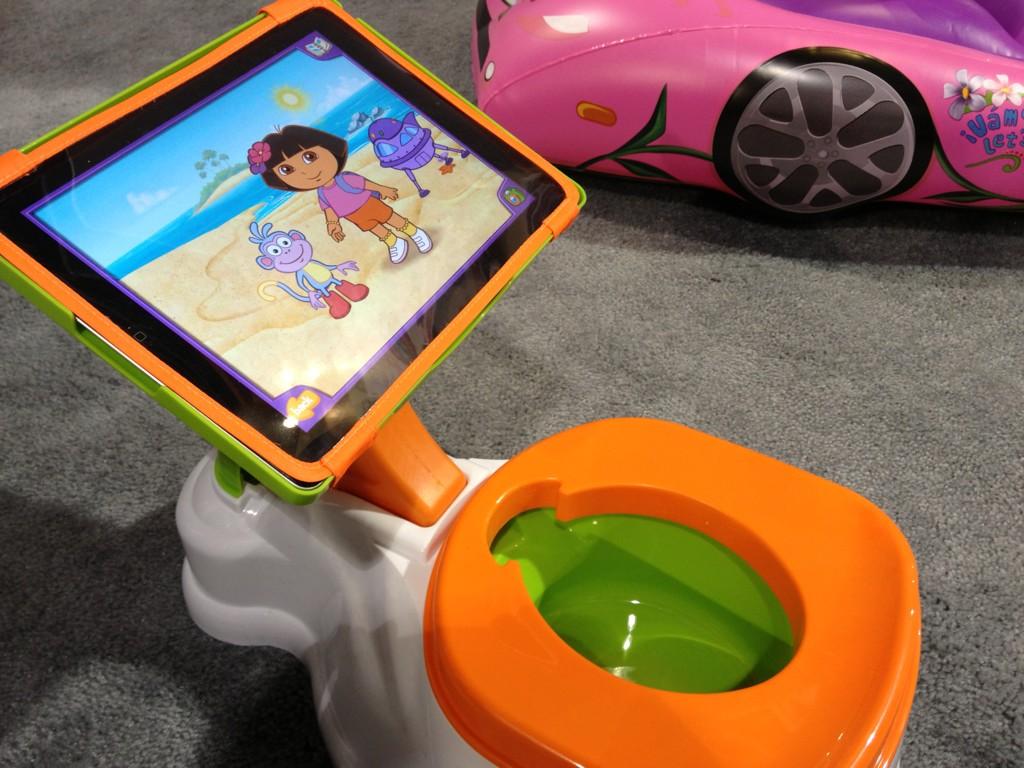
5 weirdest tech products unveiled at CES 2013
Four days ago I reported about "5 CES 2013 pre-show announcements you should know about". As the show leads towards a (long awaited) finale, let's take a look at the five weird pieces of tech unveiled since Sunday.
Some serve as part of the "What were they thinking?" lesson in announcing new products, while others are good examples of tech gone too far. Since quantifying which one's more out of place than the other, the following five products will be listed in a non-particular order. Feel free to name the weirdest of all in the comments below. Be advised, that's no easy task to undertake!
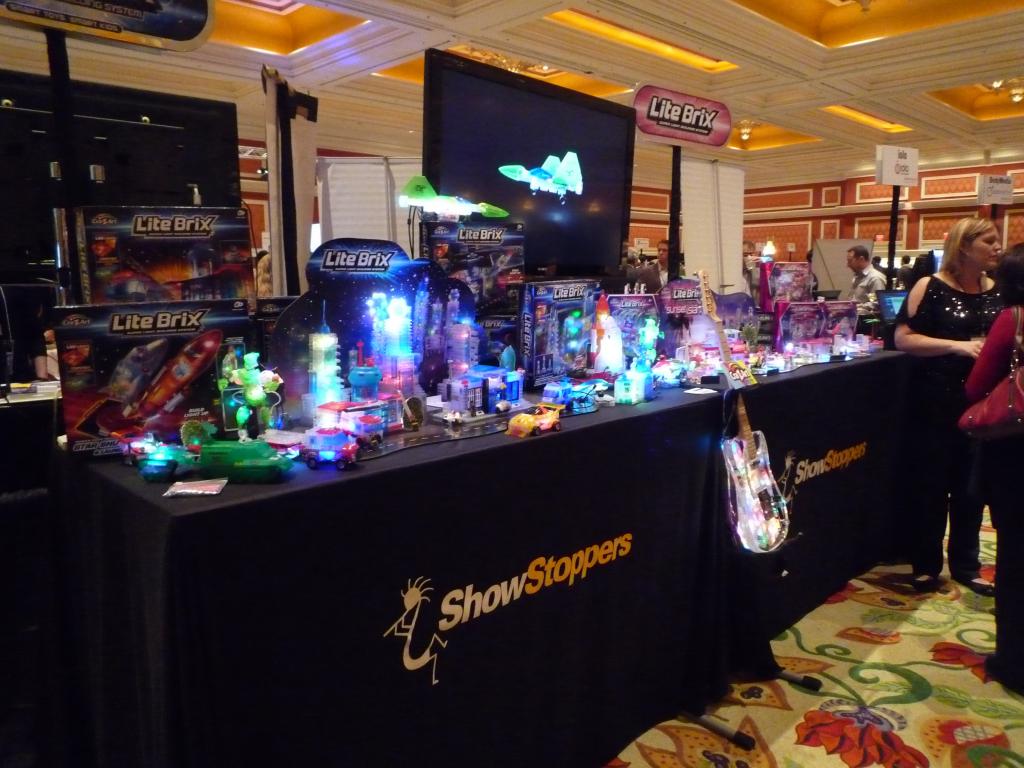
What are some of CES 2013's ShowStoppers?
Consumer Electronics Show is a big crazy event. There is a lot of new technology that might or might not see the light of day a couple of years down the road, and a whole lot more stuff that is rather hum-drum. Walking through millions of square feed of convention seeing thousands of cheap speakers and iPhone cases and over sized TVs can be a numbing waste of time.
That is why I like the side event, Showstoppers, which puts together a pretty good lineup of interesting tech products. While nothing jumped out as much this year as last, these are a few that piqued my interest as having some potential, or were simply interesting.
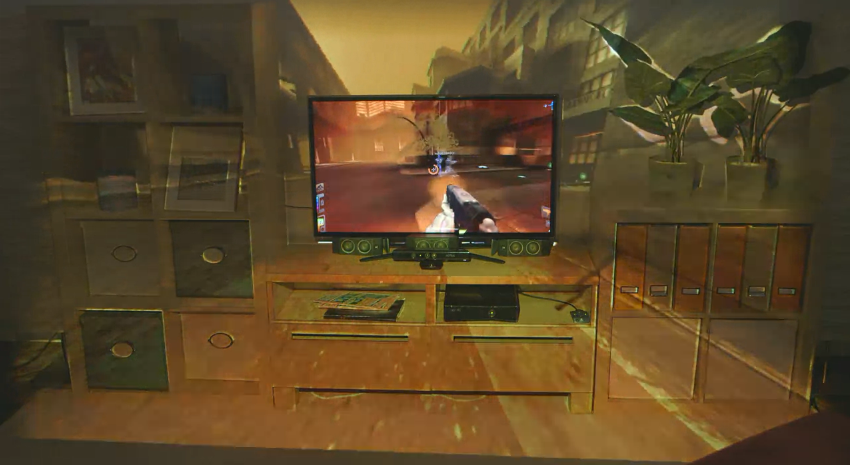
Microsoft Research shows off IllumiRoom at CES
Microsoft may have pulled out of the Consumer Electronics Show in 2013 and going forward, but not stayed away. CEO Steve Ballmer still managed to find his way on stage for the big pre-show keynote and now the Research arm of the company has arrived in Las Vegas as well.
Eric Rudder, Microsoft’s Chief Technology Strategy Officer, made his way into the Samsung keynote earlier today to show off IllumiRoom.
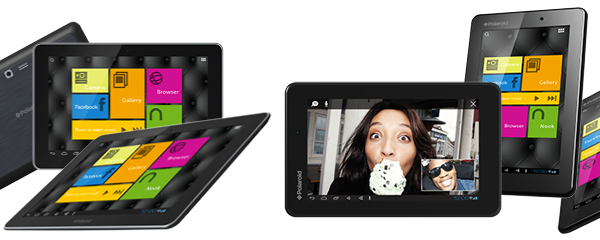
Polaroid introduces M7 and M10 tablets, running Android 4.1 Jelly Bean
Even though at CES 2013 manufacturers reveal some of the most high-tech products, such as 4k OLED TVs, which are, price-wise borderline unreachable for most consumers, there are some affordable and appealing devices, too. Case in point are Polaroid's M7 and M10 tablets that feature dual- and quad-core processors, respectively, as well as Android 4.1 Jelly Bean.
The US-based consumer electronics company aims for the stars by pitching the two tablets against more established market competitors. Polaroid aims at Apple's iPad Mini with the M7, while the larger M10 takes on Samsung's Galaxy Note 10.1 in the company's wishful thinking. On a more down-to-Earth note, the dual-core M7 packs 7-inch panel with 1280 by 800 resolution, giving it a pixel density of 216 ppi, among the highlights.
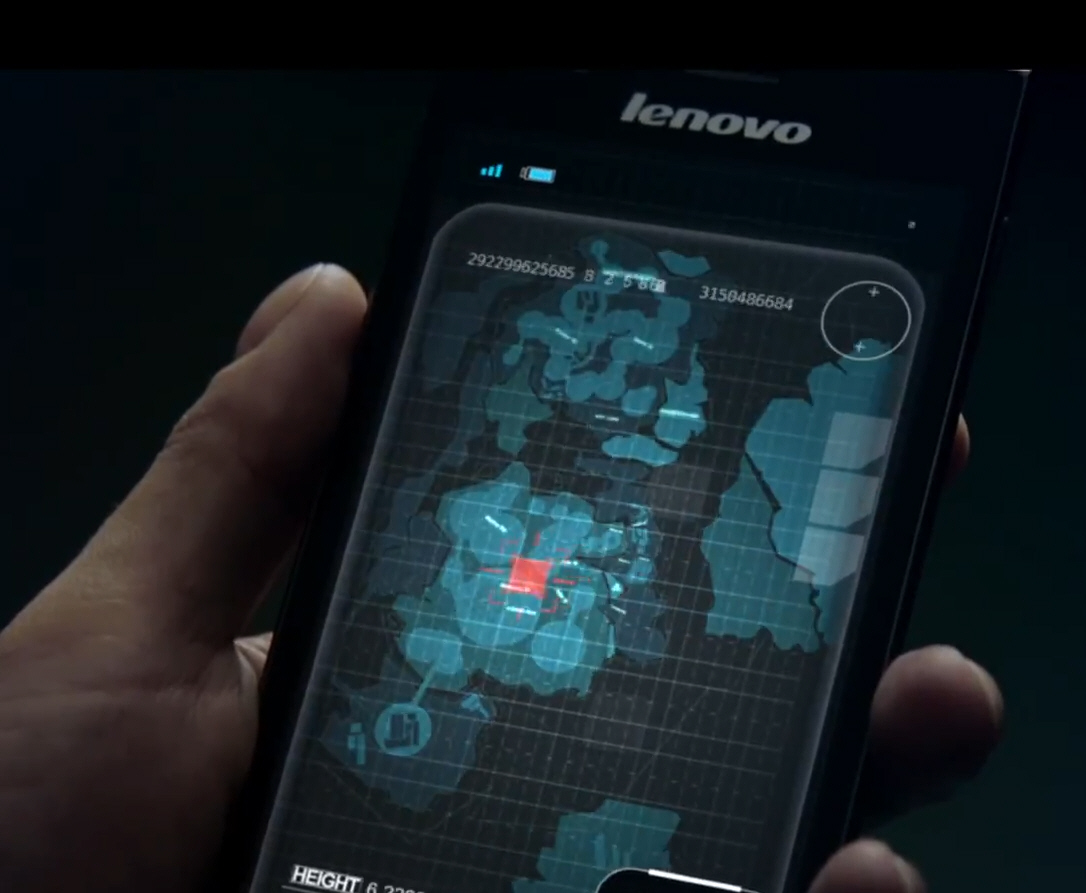
Lenovo unveils the Intel Atom-powered K900 smartphone
Following on from Huawei's announcement of the Ascent Mate yesterday, Chinese electronics company Lenovo has unveiled its own phablet at CES 2013. However, unlike Huawei, which opted to give its device a "huge" 6.1-inch HD IPS+ panel, Lenovo has chosen a more restrained 5.5-inch display for its K900 smartphone, bringing it in line with the current Samsung Galaxy Note II.
Lenovo has provided few details concerning the K900's specifications. The smartphone is known to ship with a 5.5-inch IPS display sporting a resolution of 1920 by 1080, delivering a pixel density higher than 400 ppi. The screen is protected by Corning Gorilla Glass 2. Power comes from a "forthcoming" Intel Atom processor. According to Lenovo, Intel has yet to "release complete specifications", which explains the lack of specifics regarding the component.
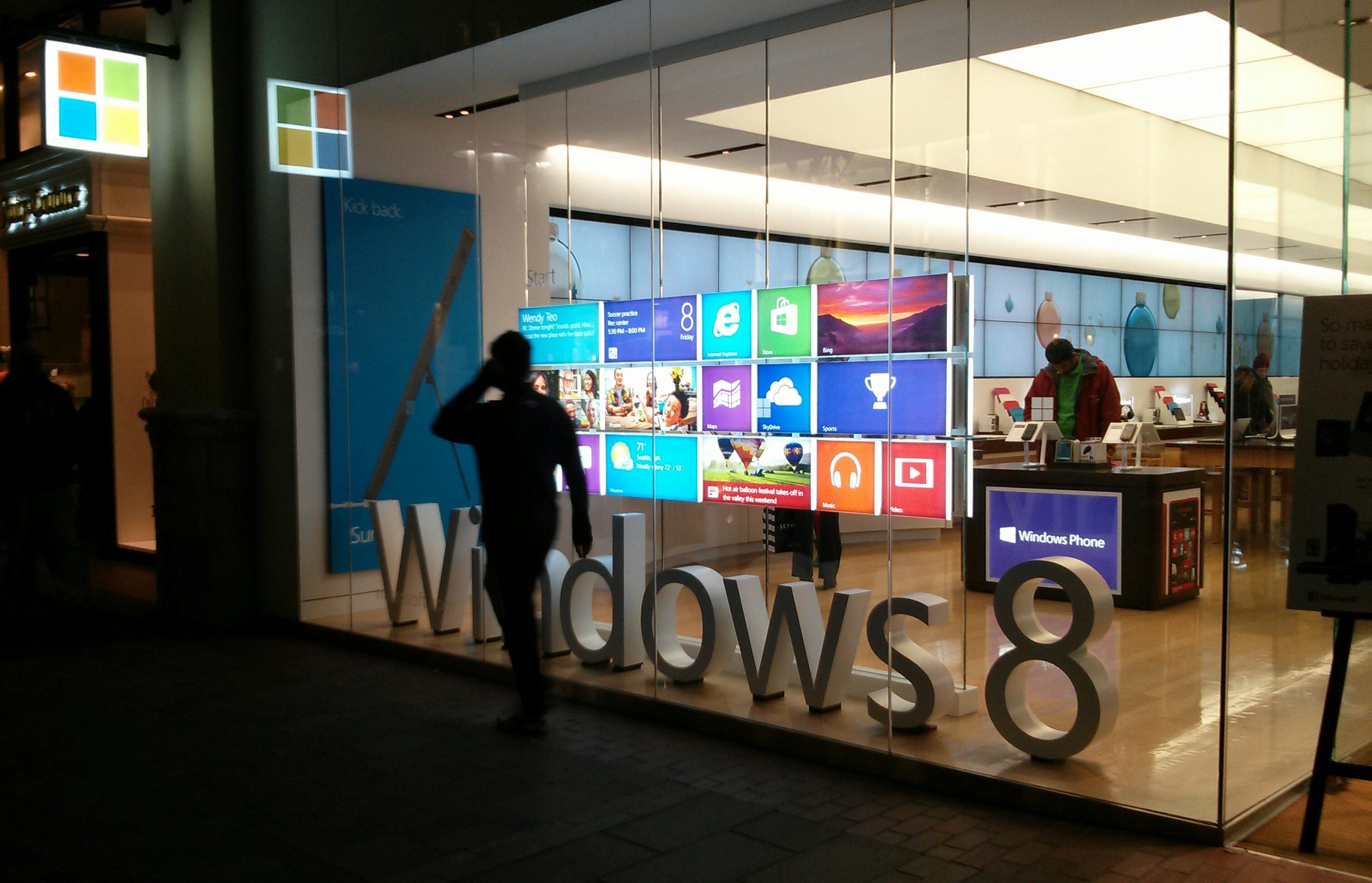
Microsoft sells 60 million Windows 8 licenses, the earth weeps
I can name more than a few tech executives who would kill to have this kind of failure. Despite weak PC sales, Microsoft manages to sell 60 million licenses of Windows 8, which nickname around the InterWebs is increasingly "disaster" and "flop". Oh, yeah. Such a tragedy. Has anyone got a hanky, because I'm gonna cry. Assuming 30 bucks a license (a number randomly chosen) that's what? One point eight billion dollars? Yes, such a failure.
But that has got to be much less dough than Windows 7 generated for about the same number of licenses. Microsoft slashed retail upgrade prices. Windows 8 Pro upgrade is $39.99 compared with $199.99 for its comparable predecessor. Yes, Microsoft did offer a Windows 7 Home Premium upgrade for $119.99 and limited-time three-license package for $149.99. You do the math. Windows 8 Pro upgrade still generates less revenue per retail copy and, presumably, OEM license, too. All things being equal, Windows 8 sales aren't anywhere as good as its predecessor, if Microsoft needs fire-sale pricing to generate similar license sales. So where's the handkerchief? My eyes are teary.
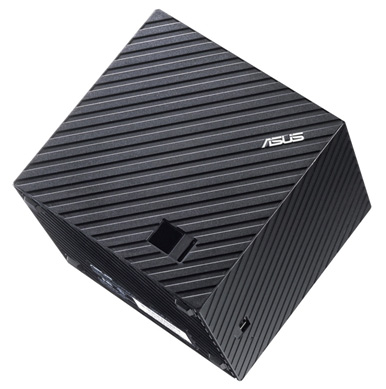
Attention set-top box makers: Stop trying to differentiate by shape!
Some trends are really bad. Take set-top box designs, which are headed in the wrong direction. Entertainment devices used to have traditional box shapes. Some were longer or deeper or taller, but they all stacked on a shelf. They fit neat and tidy in your media center. Those days are gone.
Where did this madness all begin -- insanity that sweeps though the Consumer Electronics Show this week? Boxee is as good a place to start as any. The original Boxee Box had a "unique" shape -- I am being kind. However, version two, not surprisingly, went with a more traditional shape in an effort to raise sales and fit better within the living rooms of customers. Lesson learned.
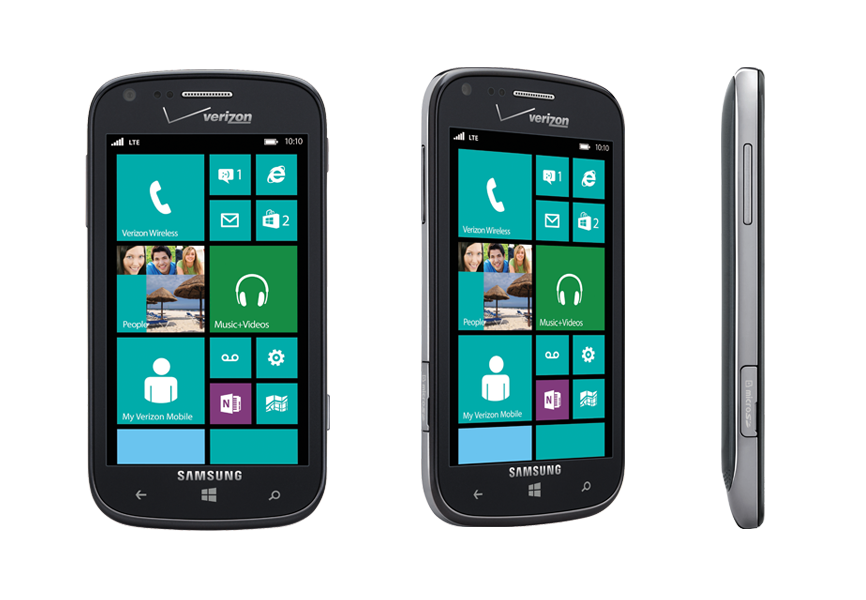
Sprint and Verizon to introduce new Windows Phone 8 devices
Microsoft may have pulled out from CES 2013, leaving Qualcomm to steal the spotlight with its opening keynote presentation, but the firm's smartphone operating system lives and breathes at the popular trade show. US carriers Sprint and Verizon Wireless unveiled plans to offer new devices running Windows Phone 8, with the big red being the first of the two to release a product to market with the Samsung ATIV Odyssey.
For quite some time the ATIV Odyssey was rumored to surface as a Verizon-branded version of the ATIV S, but that couldn't be further from the truth. The new device comes with a 4-inch Super AMOLED display with a resolution of 800 by 480, a 5MP back-facing camera capable of 1080p video recording and a 1.2MP front-facing camera. The handset is powered by a 1.5GHz dual-core Qualcomm Snapdragon S4 processor and a 2,100mAh battery.
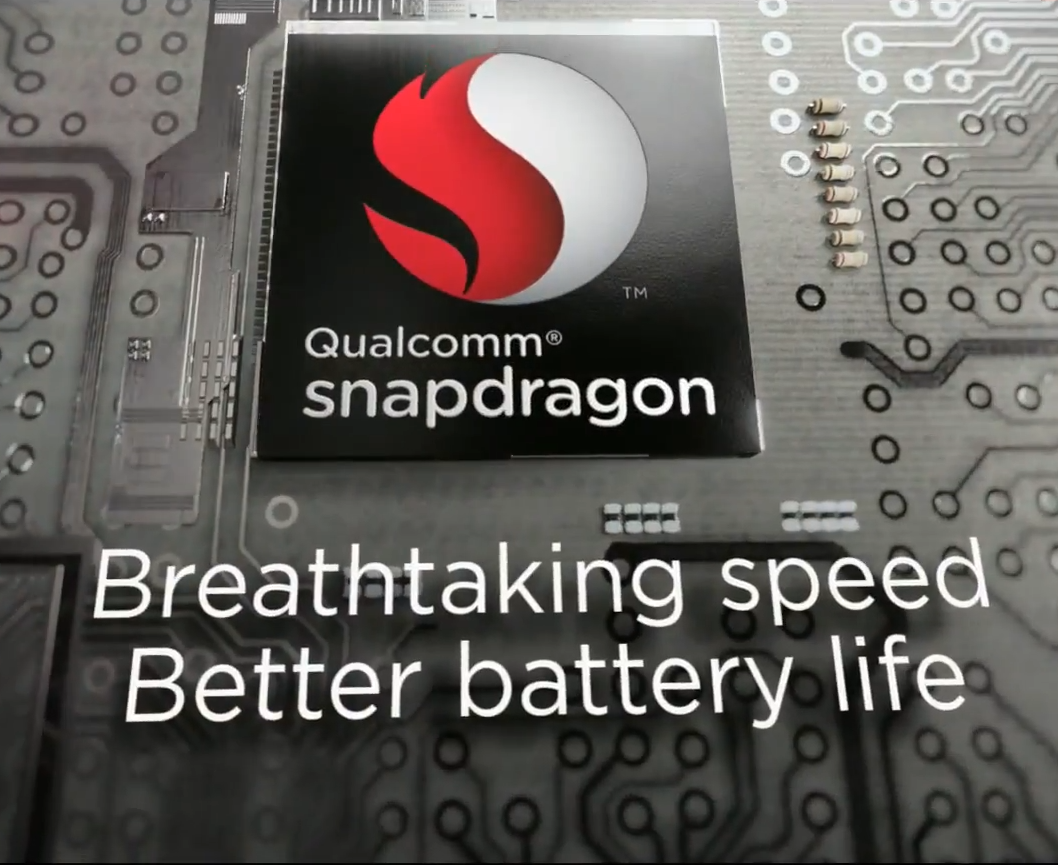
Qualcomm unveils the Snapdragon 800 and 600 processors, says goodbye to S series
This year Microsoft decided to call it quits on CES 2013 and give up its opening show keynote presentation (even though its CEO Steve Ballmer did make a brief unexpected appearance). Mobile giant Qualcomm took over Microsoft's traditional and highly coveted spot, and made the most of it by announcing the company's new Snapdragon processor line, that will power future mid-range and high-end smartphones and tablets.
The mobile giant decided to bury the S series branding, although the S4 Pro remains a resounding name through smartphones like the Google Nexus 4 and HTC DROID DNA and the recently announced Sony Xperia Z and Xperia ZL. Instead Qualcomm introduced new Snapdragon 600 and Snapdragon 800 processors. The former is similar to the currently available Snapdragon S4 Pro but the latter is a whole new beast altogether.
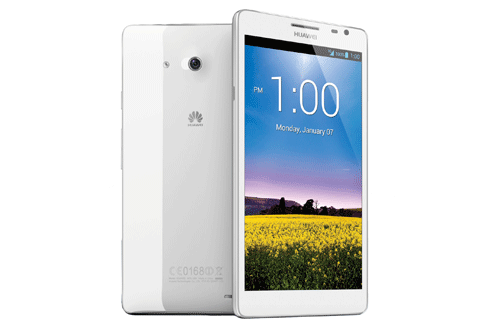
Watch out! The Huawei Ascend Mate is coming with a 6.1-inch display
If you deem the Samsung Galaxy Note II as being either too small or too big for your taste, then you'd better look out for Huawei's new phablet. Ahead of the big CES opening day, the Chinese telecommunications company unveiled the Ascend Mate, the "smartphone with the world's largest screen". And with a 6.1-inch panel it's quite difficult to think of a more suitable claim.
The Galaxy Note II ships with a 5.5-inch 720p Super AMOLED display, but the Ascend Mate easily tops it thanks to the 6.1-inch HD IPS+ LCD panel, which Huawei admits to be "huge". The 1280 by 720 resolution is however on the lower end of the spectrum judging by recent pre-CES announcements, namely the Sony Xperia Z and Xperia ZL. The Ascend Mate is powered by Huawei's own 1.5Ghz quad-core Hi-Silicon processor and a whopping 4,050mAh battery, again, topping the Galaxy Note II by 950mAh.
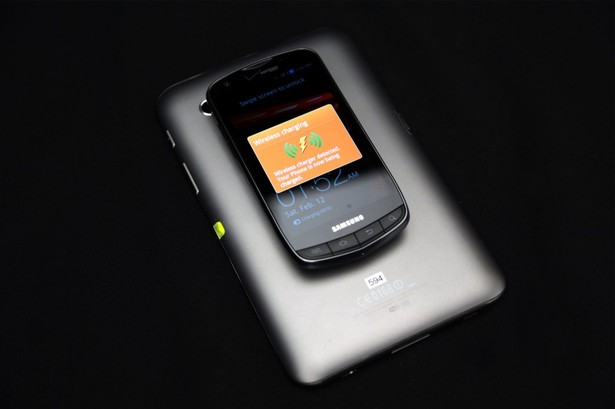
Fulton Innovation turns your gadgets into battery-life sucking vampires
If you carry more than one electrical device around with you -- a smartphone and a tablet, say -- at some point you’ll probably find yourself in a position where your tablet has loads of battery life, but your smartphone is about to die.
Fulton Innovation has come up with new technology which will allow users to wirelessly steal battery life from one device to power the other. No need to carry chargers, or hunt around trying to find a charging point.
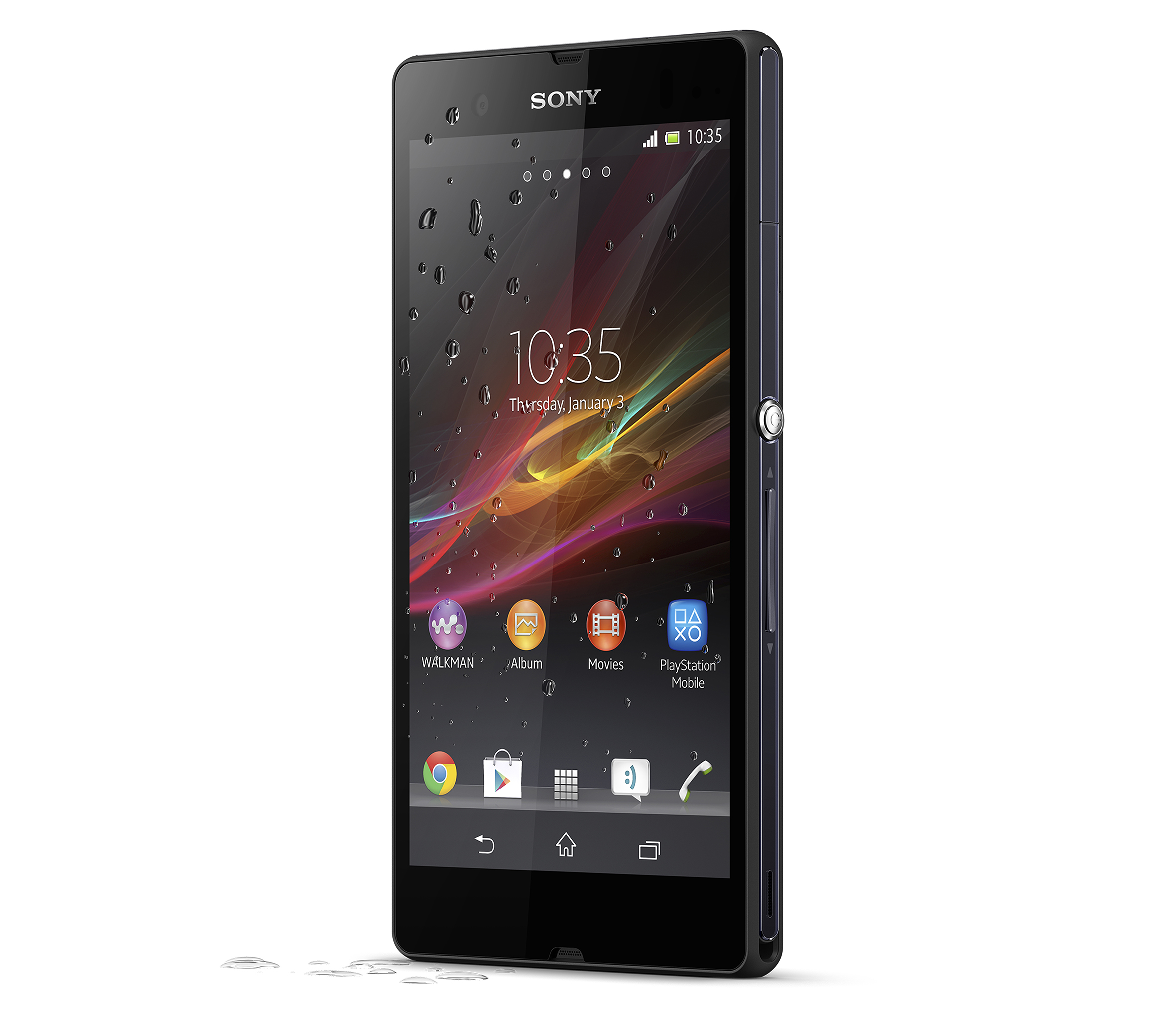
Sony unveils the Xperia Z and ZL, two new smartphones with Jelly Bean onboard
Right before the big opening day at CES, Japanese manufacturer Sony took the wraps off two new Android smartphones -- the Xperia Z and Xperia ZL. Both sport similar under-the-hood specifications but different looks on the outside. Likely making up for the late upgrade schedule for previous Xperia handsets, Sony is adamant that it will update both smartphones from Android 4.1 Jelly Bean to the second Jelly Bean iteration "shortly after launch".
The Xperia Z and Xperia ZL follow smartphones like the HTC DROID DNA and Oppo Find 5 in delivering large 1080p displays paired with quad-core processors. Both handsets feature a 5-inch TFT panel with a resolution of 1920 by 1080, with the former of the two devices protected by a "shatter proof sheet of scratch-resistant glass". Power comes from a 1.5GHz quad-core Qualcomm Snapdragon S4 processor paired with an Adreno 320 graphics card and 2GB of RAM.

Corning announces atomically-improved Gorilla Glass 3 -- up to 3x more scratch resistant
It’s hardly one of the sexiest announcements to come out of this year’s CES, but the news that Corning has improved its toughened screen glass will be welcomed by accident prone smartphone owners everywhere. As someone who drops their phone with distressing regularity, I can’t begin to tell you how much I already appreciate Gorilla Glass’s strength and scratch resistance.
Corning says changes to the atomic structure of its material means the new Gorilla Glass 3 with Native Damage Resistance boasts such improved durability that it can withstand deep scratches and cracks in the glass, so you’ll be able to keep using a damaged phone or tablet for longer. Scratches you pick up along the way will be much less visible too.
